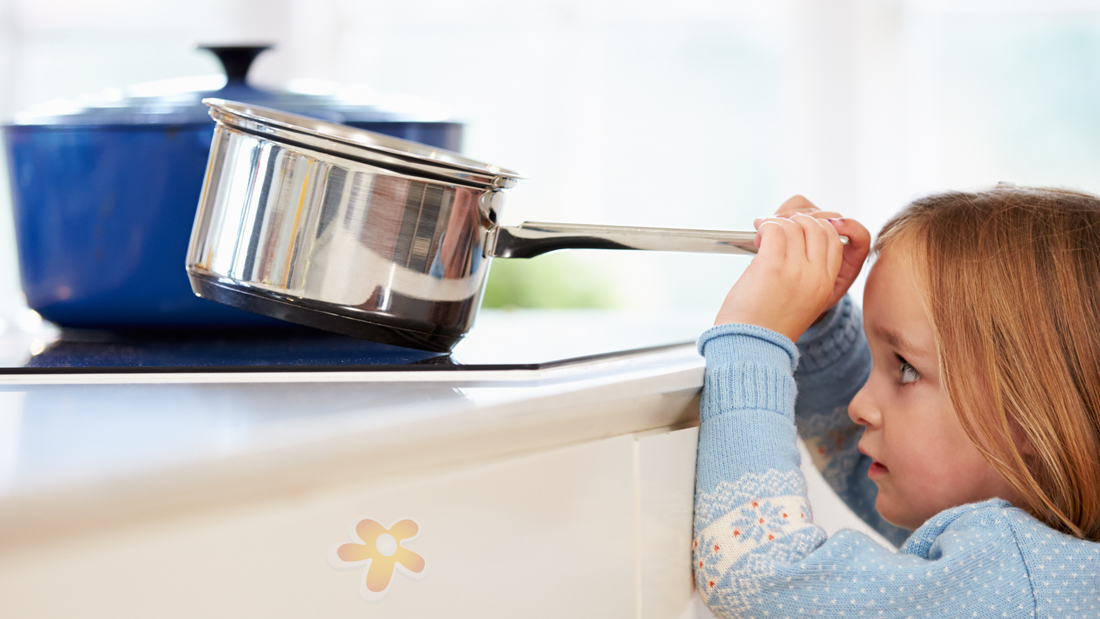In an ideal world, your child’s safety, and the safety of your family, would not be an issue. Unfortunately, accidents sometimes happen. Teaching your child about safety inside and outside the home are important life skills to master, that will benefit him throughout his life. Below we talk about four of the more common safety issues that children face. The most important thing is to not make these conversations a one time thing, but to revisit them often so that they are constantly in your child’s mind.
Strangers – this can be a very hard and confusing topic to talk about. You want to give your child the knowledge to be safe with strangers, but you don’t want to scare her, so try and keep it light and comfortable. Start off by explaining who is classified as a stranger, and play a game of "yes/no". "Yes/no" is a simple game, where you name a person and she answers whether they are a stranger or not. Start off easy by using family members and people she has never met, the gradually get harder by including people that she may see regularly, but does not personally know (i.e. Mailman, grocery store employee, etc.). Make sure to talk about never going with a stranger, no matter what they offer, without asking/telling a parent first. There are many children’s books that cover this topic, and stories can be a great conversation starter or enforcer.
Fire – Two-thirds of house fires that end in fatalities did not have a working fire detector. Involve your child in the monthly testing of the fire alarms in your house. This will help familiarize him with the sound, so if the alarm goes off, he will know what it is. Create an escape route, with an outside meeting spot, with him and review it frequently. Though most house fires start due to faulty equipment, like heaters, fireplaces, and bad wiring, it is important to discuss about never playing with fire, and safety with matches, candles, etc.
Safety Equipment – your child may consider it a pain, or taking time away from playing, but insuring that she wears protective safety equipment, like helmets and pads, while participating in certain activities is very important. Countless children have avoided severe injuries due to wearing proper gear. The most important thing is to be consistent. Making sure she puts her helmet on every time she rides her bike, allows it to become routine, and before long she will be doing it without you having to say a word.
Water – activities based around water are popular with most kids, especially in the hot and muggy summer months. However, water play, if not properly supervised, can be dangerous. While your child knowing how to swim has many benefits, it does not, nor should it replace adult supervision. Talk to him about supervision being a must if he want to enjoy the water. If you have a personal pool, gates with a lock can give you peace of mind as well.
Sources: Livestrong.com | KidPower.org | HowStuffWorks.com
Teaching Your Child About Safety
Shandy Marso, Contributor



